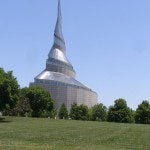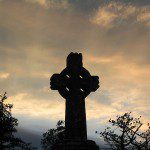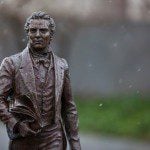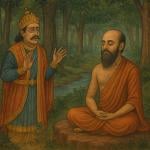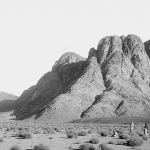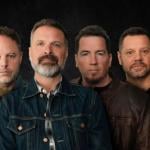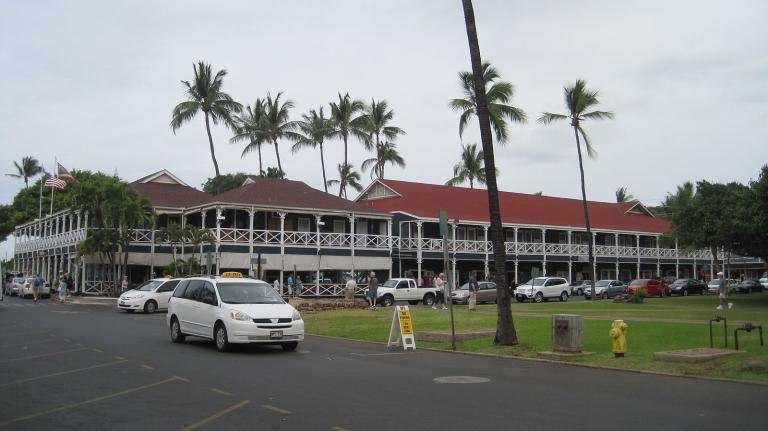
So far as I recall, I first came to the island of Maui in 1970. (I visited the Hawaiian Islands for the first time, and for the only time prior to 1970, when I was five years old. But I think that we went only to Oahu and Kauai on that occasion, and not to Maui.) I remember staying in the old Pioneer Inn, in Lahaina. It’s still there, beside a very impressive and very old banyan tree. From there, one day, I walked along the beach to Kaanapali. If there was any development in Kaanapali at the time, it didn’t stick with me. There may have been one or two hotels, or not, but what I really remember was the vast, richly green expanse ascending up the flank of the much-eroded West Maui Volcano. I’m pretty clear that the volcano had gone extinct by then.
I’ve published several columns about Hawaii, usually (if not always) prompted by a visit to one or more of the Islands. Here is a list of them that I think is more or less complete:
“The still point of the turning world” (20 February 2014)
“Diving into the afterlife in Hawaii” (22 February 2014, with William J. Hamblin)
“‘They were dead — but … they were all so happy!’” (9 October 2014)
“Remembering the history of the LDS Church on the Hawaiian Islands” (18 February 2016)
“‘O thou who changest not, abide with me!’” (23 February 2017)
“The twilight of the Hawaiian gods came suddenly” (3 March 2017, with William J. Hamblin)
“Encountering a landmark of Japanese Buddhism in Hawaii” (21 July 2017, with William J. Hamblin)
“The Sacred History of the Church in Hawaii” (18 May 2021, for Meridian Magazine)
“The Surprising Latter-day Saint Connections in Hawaii” (9 February 2022, for Meridian Magazine)
See also, among others, this 12 August 2017 blog entry: “George Q. Cannon and seeing the Savior”
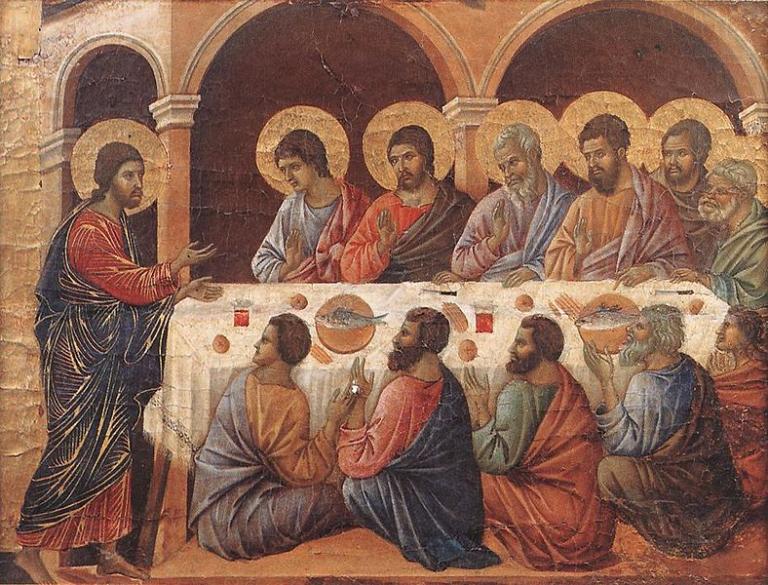
(Wikimedia Commons public domain image)
Some observations on Acts 1:15-26, which reads as follows in the New International Version or NIV:
15 In those days Peter stood up among the believers (a group numbering about a hundred and twenty) 16 and said, “Brothers and sisters, the Scripture had to be fulfilled in which the Holy Spirit spoke long ago through David concerning Judas, who served as guide for those who arrested Jesus. 17 He was one of our number and shared in our ministry.”
18 (With the payment he received for his wickedness, Judas bought a field; there he fell headlong, his body burst open and all his intestines spilled out. 19 Everyone in Jerusalem heard about this, so they called that field in their language Akeldama, that is, Field of Blood.)
20 “For,” said Peter, “it is written in the Book of Psalms:
“ ‘May his place be deserted;
let there be no one to dwell in it,’
and,
“ ‘May another take his place of leadership.’
21 Therefore it is necessary to choose one of the men who have been with us the whole time the Lord Jesus was living among us, 22 beginning from John’s baptism to the time when Jesus was taken up from us. For one of these must become a witness with us of his resurrection.”
23 So they nominated two men: Joseph called Barsabbas (also known as Justus) and Matthias. 24 Then they prayed, “Lord, you know everyone’s heart. Show us which of these two you have chosen 25 to take over this apostolic ministry, which Judas left to go where he belongs.” 26 Then they cast lots, and the lot fell to Matthias; so he was added to the eleven apostles.
The term ἐπισκοπὴν, at Acts 1:20, is translated in the NIV as “[his] place of leadership” but is rendered in the King James Bible at Acts 1:20 as “[his] bishoprick” (that is, in modern English, as “bishopric”). I don’t know that any Latter-day Saint reader has ever actually been confused by the phrase in Acts 1:20, “his bishoprick let another take.” But I can imagine such confusion. Wasn’t Judas an apostle? Why, then, is there a reference to his “bishopric”? Our word bishop actually comes from this same Greek word-family, and specifically from the term επίσκοπος or epískopos. (Just remove the initial e and take off the masculine nominal ending –os, and you’re left with -piscop-, which should make the resemblance pretty obvious.)
But the word epískopos (from epi-, “over,” or “upon,” and skopos, which conveys the idea of “looking,” as in telescope, microscope, and so forth) very literally means “overseer” (thinking Germanly) or, also very literally (but thinking Latinly), “superintendent.” And, while that fits the duties of a bishop quite well, the word seems pretty clearly in this case to have been used more broadly.
Browsing through other, more modern, English translations, you’ll find that what the KJV translates as “his bishopric” rendered most commonly as “his position” or “his office.” You’ll also occasionally find such things as “his place of leadership,” “his job,” “his place of service,” “his position of responsibility,” “his overseership,” “his work,” and “his ministry.” I would think that “his stewardship” wouldn’t be too far wrong. Maybe even, more loosely, “his calling.”
As Acts 1:21-26 (quoted above) clearly shows, both Matthias and Joseph Barsabbas (or Justus) were qualified, spiritually and by personal experience, to become witnesses of Christ’s resurrection. But only one of them was to be chosen to assume responsibility for the ἐπισκοπὴν — the administrative or leadership position — that Judas had forfeited because of his transgression.
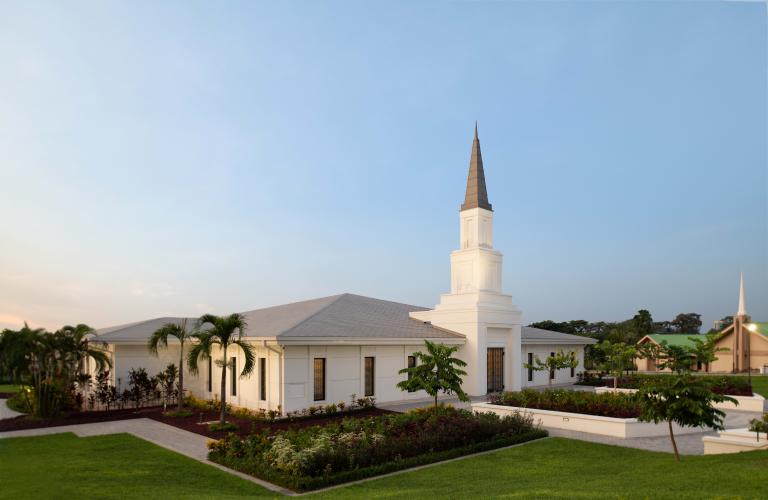
(LDS Media Library)
I close with a quintet of appalling horrors from the Christopher Hitchens Memorial “How Religion Poisons Everything” File© that I don’t believe that I’ve shared here previously:
“Church Partners with Women of Faith to Help Survivors of December 2022 Floods in Kinshasa”
And, as an addendum, I offer this outrageous talk by President Dallin H. Oaks, first counselor in the First Presidency of the Church of Jesus Christ of Latter-day Saints: “Helping the Poor and Distressed”
Posted from Kaanapali, Maui, Hawaii



